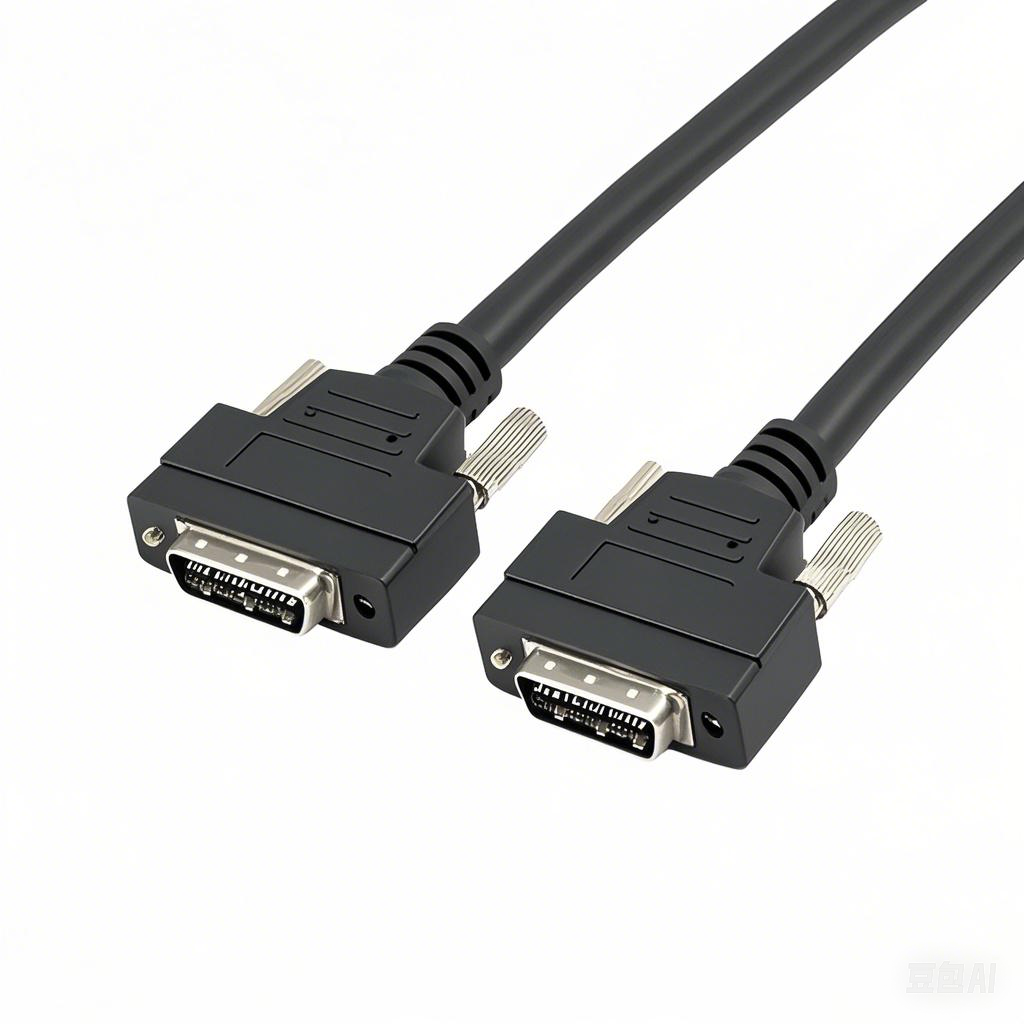What are the safety standards for machine cable
Machine cables are indispensable components in industrial settings, responsible for transmitting power, signals, and data between various machinery and equipment. Given their critical role, stringent safety standards are in place to ensure their reliable and safe operation, preventing electrical hazards, equipment failures, and potential harm to personnel. Here are the key safety standards that machine cables must adhere to:
Electrical Safety Standards
Electrical safety is paramount for machine cables. They must meet specific requirements to prevent electrical shocks, short circuits, and fires.
- Insulation Resistance: Machine cables need to have adequate insulation resistance to prevent current leakage. Standards specify minimum insulation resistance values, which are typically measured using a megohmmeter. This ensures that the insulation material can effectively resist the flow of unwanted current, reducing the risk of electrical accidents.
- Dielectric Strength: The cables must withstand a certain level of voltage without breakdown. Dielectric strength tests are conducted to verify that the insulation can handle the maximum voltage expected during operation. This prevents arcing and insulation failure, which could lead to fires or damage to connected equipment.
- Current-Carrying Capacity: The cable’s design must allow it to carry the required electrical current without overheating. Standards define the maximum current that a cable of a particular size and type can safely conduct, considering factors such as ambient temperature and installation conditions. Overloading a cable beyond its current-carrying capacity can cause insulation degradation and pose a fire risk.
Mechanical Safety Standards
Machine cables are often subjected to various mechanical stresses during installation, operation, and maintenance. Thus, they must meet mechanical safety standards to ensure durability and reliability.
- Tensile Strength: The cables must have sufficient tensile strength to withstand the forces applied during installation, such as pulling or stretching. This prevents the cable from breaking or being damaged, which could disrupt power or signal transmission.
- Flexibility and Bend Radius: Many machine cables are used in applications where they need to bend or move. Standards specify the minimum bend radius, which is the smallest radius a cable can be bent without causing damage to the conductors or insulation. Exceeding the minimum bend radius can lead to conductor breakage, insulation cracking, and reduced performance.
- Abrasion Resistance: Machine cables may come into contact with other surfaces, machinery, or debris, so they need to be resistant to abrasion. The outer jacket or sheath of the cable is designed to withstand wear and tear, protecting the internal conductors and insulation from damage.
Environmental Safety Standards
Machine cables operate in a wide range of environmental conditions, and their safety standards also cover adaptability to these environments.
- Temperature Resistance: Cables must be able to function properly within a specified temperature range. High-temperature environments can cause insulation to degrade, while low temperatures can make the cable brittle. Standards define the maximum and minimum operating temperatures for different types of cables, ensuring they can withstand the conditions of their intended use.
- Chemical Resistance: In industrial settings, cables may be exposed to various chemicals, such as oils, solvents, and corrosive substances. The cable’s materials, including the insulation and jacket, must be resistant to these chemicals to prevent degradation and maintain their safety and performance.
- Moisture and Water Resistance: Depending on the application, machine cables may need to resist moisture or even be submersible in water. Standards specify the level of water resistance required, such as being water-resistant, waterproof, or suitable for use in wet locations. This prevents water from entering the cable and causing electrical faults.
Flame Resistance and Fire Safety
In the event of a fire, machine cables should not contribute significantly to the spread of flames. Flame resistance standards ensure that the cable’s materials are self-extinguishing or have a low flame spread index. This helps contain fires and reduces the risk of them spreading to other parts of the facility, minimizing damage and protecting lives.
Marking and Labeling Standards
Proper marking and labeling of machine cables are essential for identification, installation, and maintenance. Standards require cables to be marked with information such as the manufacturer’s name or logo, cable type, voltage rating, current-carrying capacity, and compliance with relevant standards. This allows users to select the correct cable for their application and ensures that it is installed and used properly.
International Standards
There are several international organizations that develop and publish safety standards for machine cables. Some of the prominent ones include:
- IEC (International Electrotechnical Commission): The IEC has developed a series of standards for electrical cables, including those used in machinery. These standards cover various aspects such as design, performance, testing, and marking.
- UL (Underwriters Laboratories): UL is a global safety certification company that develops standards and conducts testing for electrical products, including machine cables. UL certification indicates that a cable meets specific safety requirements.
- CE (Conformité Européenne): In the European Union, machine cables must bear the CE mark, indicating that they comply with the relevant European directives and standards, ensuring their safety and compatibility within the EU market.
Adhering to these safety standards is crucial for manufacturers, installers, and users of machine cables. It ensures that the cables operate safely, reliably, and efficiently, reducing the risk of accidents and equipment failures in industrial environments. By following these standards, businesses can protect their personnel, assets, and operations.











